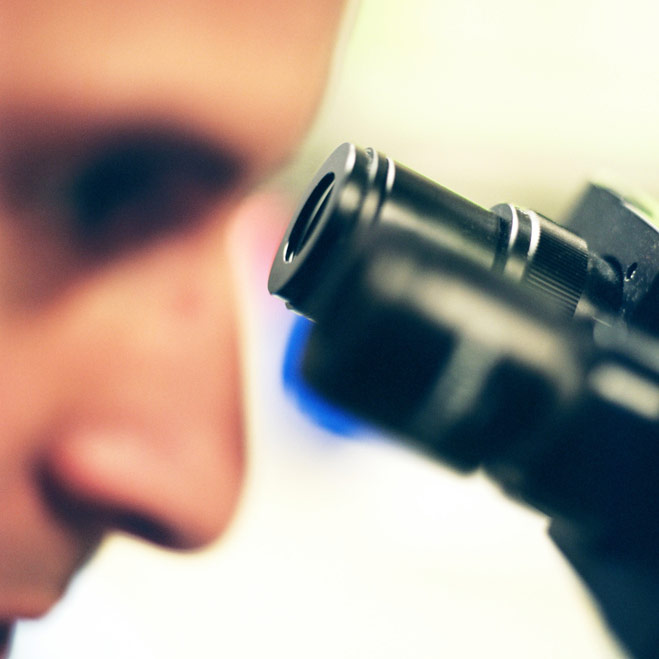
WEDNESDAY, Nov. 9 (HealthDay News) — A new computer model analyzes microscopic breast cancer images and predicts patient survival better than the pathologists who do the job now, new research suggests.
The computer program “provides information above and beyond what the physician provides, using the same data,” said Daphne Koller, a professor of computer science at Stanford University and senior author of the study. The computer model is called Computational Pathologist, or C-Path.
Although the technique needs much more study, it may someday supplement analysis of breast cancer by pathologists, who use a process that has remained largely unchanged for 80 years, said Koller.
With the traditional method, pathologists examine a tumor visually under a microscope and score it according to an established scale. The scores help doctors figure out the type and diversity of the cancer. From that information, they calculate the outlook and course of treatment.
The pathologists’ determination relies on three factors: what percent of the tumor is made up of tube-like cells; the diversity of the nuclei in the outer cells; and how often those cells divide.
But the system is subjective, said the study authors, whose computer model found that additional factors may influence survival. The study is published Nov. 9 in Science Translational Medicine.
Using the C-Path image analysis program, Koller’s team trained the computer to analyze biopsied breast cancer tissue and to determine the cancer features that matter most and least in predicting survival.
The computer model looked at more than 6,000 cellular factors and found that characteristics of the cells surrounding the cancer — the cancer’s environment — are also important in predicting survival.
“We found 11 [factors] ultimately that showed the most robust association with survival,” said Dr. Andrew H. Beck, an assistant professor of pathology at Harvard Medical School, in Boston. He is the lead author of the study, done while he was a doctoral student at Stanford School of Medicine.
The researchers applied the C-Path system to images from two groups of patients with breast cancer. One group, from the Netherlands, included 248 people. The other, from Vancouver, Canada, had 328 patients.
The prognostic score generated by C-Path was strongly associated with survival in both groups, Koller said. The groups predicted to be high risk by C-Path were more likely to die in a given year than those predicted to be low risk, she said.
C-Path would help, not replace, pathologists. “We see it ultimately as a complementary approach,” said Beck.
Neither Stanford nor the researchers has begun commercial development of the method, Koller said.
In a commentary accompanying the study, Dr. David L. Rimm, professor of pathology at Yale University School of Medicine, called the research ”landmark” work.
“C-Path potentially is the first truly objective, quantitative grading system for cancerous tissue and its surrounding stroma [connective tissue],” he writes.
However, Rimm and other experts agreed that further research is needed. “This isn’t quite ready for prime time,” he said.
Dr. Anil V. Parwani, a pathologist and division director of pathology informatics at the University of Pittsburgh Medical Center, said: “It (C-Path) has interesting potential and provides a novel look. The results are interesting, but the study is limited.”
More information
To learn more about breast cancer, visit the College of American Pathologists.

